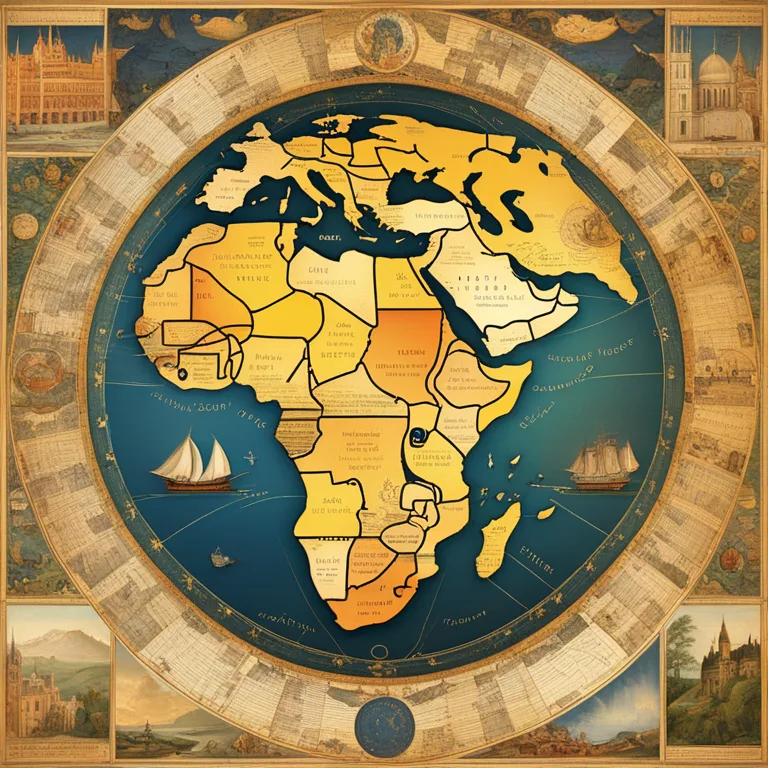
The Origins of Palmistry: An Ancient Practice
Delve into the fascinating beginnings of palmistry—the ancient art of hand reading for insights into character and destiny.
article by Nora Pennington
The Roots of Hand Analysis
Palmistry, or chiromancy, is believed to have originated thousands of years ago, rooted in civilizations across the world. Each culture nurtured its own form of hand analysis, from the astrological associations of ancient India to the Chinese philosophical ties with the I Ching. In ancient Greece, Aristotle once mused on the significance of palms in his writings, thus indicating an intellectual curiosity that prevailed during that era. Similarly, the practice was prevalent in ancient Egypt, where it was viewed as a branch of the divine sciences. The cross-cultural fascination with palm reading suggests a universal desire to understand the self and predict the future.

A Journey Across Continents
As palmistry traversed from culture to culture, it evolved and amalgamated various interpretations and methods. The art sailed through the caravans of the Silk Road, enriching its narrative at every stop. By the Middle Ages, palmistry spread to Europe but faced a tumultuous period during the witch hunts, where it was suppressed and labeled as witchcraft. Only in the 19th century did the practice revive as a subject of curiosity among the upper classes of society, as notable figures like William John Warner, also known as Cheiro, popularized its use.

Modern Palmistry Interpretations
In contemporary times, palmistry has been looked at through a psychological lens, attributing preferences to character rather than prophecy. The lines on a palm are viewed as a map of life, revealing personality traits and potential life paths. Interestingly, scientific studies have sporadically attempted to find correlations between hand features and genetic conditions, yielding yet more intrigue to its origin and practice. Despite skepticism from the scientific community, palmistry remains a sought-after and practiced form of divination.

The Digital Age and Palmistry
The digital revolution has not left palmistry untouched. In this era of technology, online platforms and applications have incorporated palm reading into their services, providing virtual readings to curious clients worldwide. Innovators have blended the old with the new, using algorithms and databases to interpret hand scans, democratising the personal insights once only accessible to those seeking a palm reader in person.

Palmistry's Continuing Legacy
Palmistry's resilience as a divinatory art form attests to its enduring appeal. Today's palmists continue to honor this ancient tradition, while also contributing new findings and interpretations for contemporary society. Whether as a tool for self-reflection, a cultural artifact to be studied, or a mystical art to be consulted, palmistry maintains its mystique and relevance in a rapidly changing world.
Published: 1/3/2024
Modified: 1/3/2024
More predictions
Come back here soon to learn more about yourself and your future


Palmistry vs. Astrology: Which Predicts You Better?
Delve into the fascinating realms of palmistry and astrology to determine which ancient practice offers more accurate insights into your life.


Palmistry Guide: First Steps in Hand Analysis
Embark on a journey into palmistry with our beginner's guide, mastering the essentials of palm reading for insights into personality and destiny.